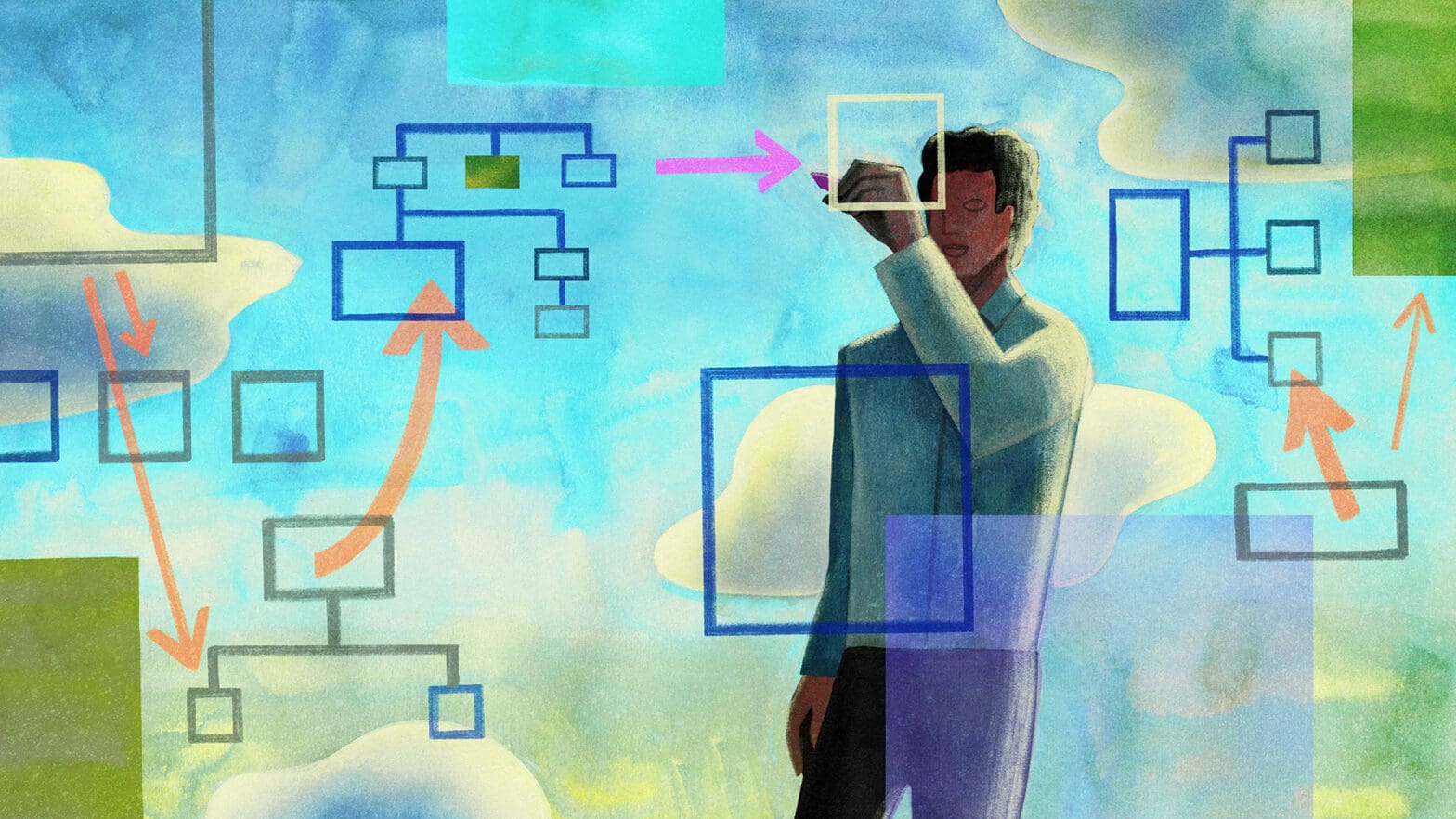In 2014, the evening before a much-anticipated meeting with the Dalai Lama, it was tough to sleep. Throughout the night, I woke up feeling anxious. I had never presented to a global leader, let alone someone I held in such esteem. I knew sleeping would help me feel prepared. I also knew I was unlikely …
Search results for:
neuroscience
Disentangling Self from Pain
I was in awe the first time I held Rage Against the Machine’s CD, The Ultimate Sacrifice. Featured on the cover was Malcolm Browne’s World Press Photo of the Year (1963) of the Venerable Thích Quảng Đức. Đức, a Vietnamese Mahayana Buddhist monk, was seated in a perfect lotus position, his body engulfed in flames. …
Opening Remarks
His Holiness the Dalai Lama offers his opening remarks and shares his appreciation for Thomas Keating.
The Ethics of Artificial Intelligence
Abeba Birhane, a specialist in the ethics of artificial intelligence, walks us through some of her latest research on the ethical and social considerations behind artificial intelligence (AI) as it is used the world over. Because human experience is fundamentally complex, ambiguous, and indeterminable, AI very often fails to accurately capture and predict human behavior. What is more, because of its attempts to generalize, we are learning that AI negatively affects marginalized people and communities to a disproportionate degree. Her talk illustrates this with a myriad of recent examples and challenge us to develop a healthy skepticism with regard to the widespread use of AI, all in hopes of creating a more just foundation for its future use.
The Continuation of Consciousness
His Holiness calls for more research into the nature of consciousness, and shares the Buddhist perspective of the continuation of consciousness from life to life.
How Culture Drives Evolution
Joseph Henrich explores the question: What makes us human? A growing body of research shows that more than any other animal, humans are dependent on learning from others. Joe shares insights on how culture is transmitted over many generations and defines how we thrive and survive as a species. This cultural evolution has given rise to the Collective Mind. Joseph shares his research by touching on three key aspects of human nature: Norm, Interdependence, and Ethnic psychology.
The Stories We Tell About Who We Are
Molly Crockett explores the stories we tell ourselves as humans and how research proves that our human compassion is far reaching and expansive. Does the collective story promote a shared identity and universal compassion towards everyone? Or does it divide humanity into a purified “us” and a vilified “them?” As we face the challenges of the world today, we can look to history, tradition, and storytelling to build a greater understanding for humanity, contemplative wisdom, and modern cognitive science
Integrations & Final Reflections Part I
Medicine is moving inexorably toward a more integrative perspective on many fronts, as emerging technologies and expanded epistemologies are incorporated into how medicine is practiced. This set of reflections will consider the ways in which what has been presented from both the clinical and basic science perspectives might contribute to this ongoing development in medical care, medical education, and medical research, and its potential for giving rise to more rational institutional approaches to health and well-being, as well as elucidating a larger role for engaged participation on the part of individuals in furthering their own health.
Integrations & Final Reflections Part II
Research over the past two decades has identified specific features of neural oscillations and synchrony that appear to participate in perceptual processes and consciousness. These may be among the mechanisms that are affected by meditation. This set of reflections will consider the application of basic research on neural oscillations and synchrony to the understand of changes that may be produced by meditation and related forms of mental practice.
Clinical Research on Meditation & Physical Health Group Discussion
As scientific research establishes that many “physical diseases” are modulated by psychological processes such as stressful life events and emotions, the mechanisms underlying these interactions have been targets for scientific research. As the mechanisms become more well understood, the rationale for using meditation as an intervention for certain types of physical illnesses becomes more compelling and more solidly grounded in modern scientific research.



